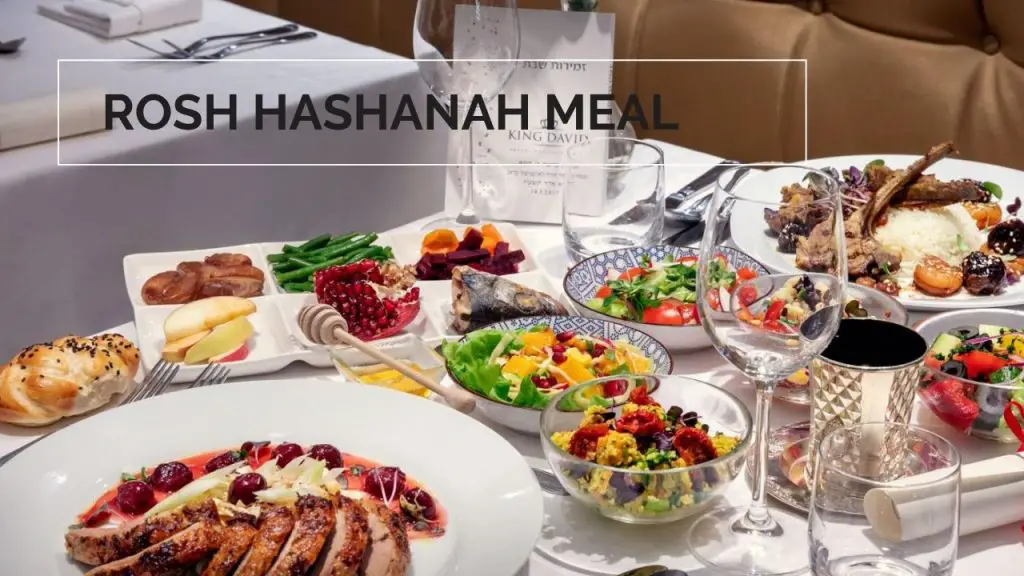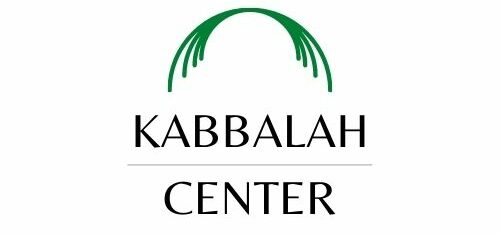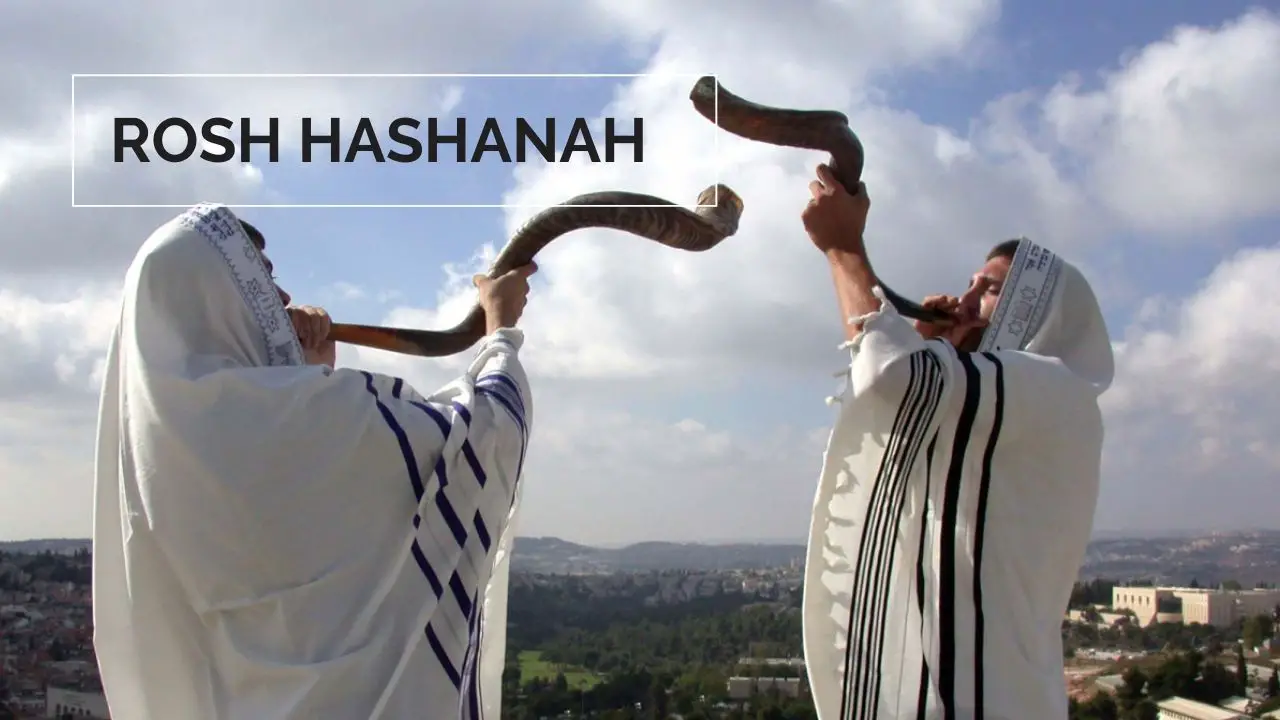Rosh Hashanah is commonly known as the Jewish New Year. This Jewish holiday which commences the Days of Awe, commemorates the creation of the world.
Rosh Hashanah Meaning In Hebrew
The Hebrew meaning for the Jewish words “Rosh Hashana” is: “Rosh” means Head, and “Hashana” means Year.
Most Reform Jews and Jews living in Israel celebrate Rosh Hashanah for one day but the other branches of Judaism observe Rosh Hashanah for two days.
The Torah only refers to Rosh Hashanah as Yom Teruah (the day of the sounding of the shofar) or Yom Ha-Zikaron (the day of remembrance).
Yom Ha-Zikaron is a reference to Abraham’s willingness to sacrifice his only son, Isaac, in demonstration of his unswerving obedience to God.
The phrase “Rosh Hashanah” emerged during the Talmudic times (the first five centuries C.E.). However, the holiday itself was well established by the fourth century B.C.E., after the Babylonian exile when some Jews had returned to Jerusalem to construct the Second Temple.
Given the importance of this period, preparations for the Days of Awe begin in the preceding month of Elul, when it is customary to blow the shofar during weekly synagogue services. It is considered a great honor to blow the shofar, which is no ordinary ram’s horn.
As the month of Elul draws to an end, there is a special Selichot (forgiveness) service on the Saturday night before Rosh Hashanah, when the congregation recites a series of important prayers.
Around midnight, the congregation reviews the thirteen attributes of God (see number 24), a ceremony that helps to prepare everyone for the approaching holy days.
During this season of the New Year, it is customary to send Shanah Tovah (good year) cards to friends and family. It’s also important to have certain items and food necessary for Rosh Hashanah, including holiday candlesticks and candles, wine, a decanter, and wine cups, two round challahs (special bread), challah cover, a holiday bread knife, cut or sliced apples, honey, and flowers.
Rosh Hashanah begins a new calendar year, but there are three other “new year” celebrations in the Jewish tradition: Nisan, the month in which Passover occurs, begins the counting of the calendar months and counting the reign of kings; Elul, the month preceding Rosh Hashanah, is the symbolic new year for tithing animals, a form of charity; and Tu B’Shevat, the fifteenth day of Shevat, is the new year for trees.
Rosh Hashanah Traditions
Since Jewish Rosh Hashanah is an important holiday, it is customary to follow the Torah principle of Hiddur Mitzvah, which requires taking additional time and effort to make the ritual more beautiful and exceptional.
Hence, the list of necessary things is similar to what you would use for the Shabbat dinner—including your best dishes, glassware, fine linen, and fresh flowers.
Just as on Shabbat and other holidays, two candles are lit to welcome Rosh Hashanah, and the mother of the household recites two special blessings.
Then, the father says the Kiddush prayer and a special blessing over the wine or grape juice. The motzi is made over two loaves of challah bread, which are made round especially for Rosh Hashanah.
Incidentally challah is round on Rosh Hashanah, to symbolize a crown and remind the Jewish people of God’s sovereignty. The round challah also represents the circle of life that will continue for eternity.
Rosh Hashanah is a day of rest, and much of the time is spent in a synagogue. Three central prayers dominate the Rosh Hashanah services: Avinu Malkeinu, Unetaneh Tokef, and the Musaf Amidah. It is during the Musaf Amidah that the shofar (ram’s horn) is sounded.
These prayers begin somewhat earlier in the morning and last into the early afternoon. In addition to these prayers, the congregation reads a portion of the Torah. On the first day, one of the readings has to do with the birth of Isaac (Abraham and Sarah’s son). On the second day, the Torah portion recounts Isaac’s halted sacrifice.
Tashlikh (casting off) is a popular activity during the afternoon of the first day of Rosh Hashanah. The ritual involves walking to a body of water, reciting designated prayers, and then emptying one’s pockets or tossing breadcrumbs into the water.
This ceremony symbolizes cast-ing-off sins. Should the first day of Rosh Hashanah occur on Shabbat, Tashlikh is postponed until the next day. (As always, Shabbat takes precedence over any other day).
Rosh Hashanah Food

Although there are no special menus designated for the Rosh Hashanah dinner, traditional meals are similar to Shabbat dinners and include apples and honey.
Dipping apples in honey is symbolic of having a sweet new year. Honey is also spread over bread or included in recipes such as honey cakes, or tzimmes, a sweet stew of carrots, cinnamon, yams, and prunes.
There is also a custom of making a brief prayer and eating a number of symbolic foods such as carrots, leeks or cabbage, beets, dates, gourds, pomegranates, and fish.


